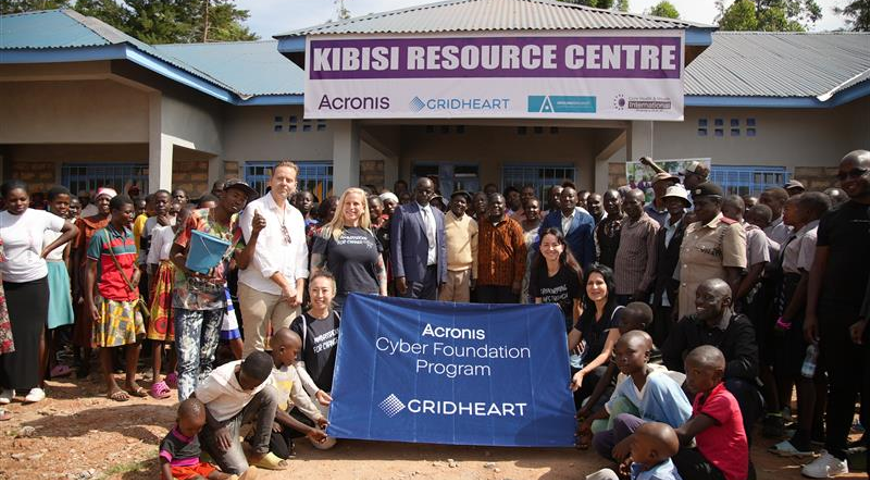
The benefits of offering managed services to health care organizations are obvious. The problem? Health care disaster recovery (DR) creates a complex web of compliance requirements that can quickly turn profitable clients into costly liabilities.
Health care data breaches average $10.93 million per incident — that's more than double the cost of breaches in other industries. For MSPs serving health care clients, disaster recovery isn't just about getting systems back online. It's about maintaining HIPAA compliance while your client's world is falling apart. And if you get it wrong, those million-dollar fines could land on your doorstep too.
Unlike standard business continuity challenges, HIPAA disaster recovery requirements don't just sit dormant in your documentation. They actively complicate every aspect of your DR strategy, from backup encryption to access logging. Miss one requirement during a crisis, and you've created a HIPAA violation that could shut down your client's practice.

The hidden costs of HIPAA compliance
Managing HIPAA disaster recovery across multiple tools creates expensive inefficiencies that eat into your margins. Your technicians spend valuable time switching between systems, maintaining separate audit logs and ensuring consistent encryption across platforms. IDC research shows that consolidation reduces mean time to respond (MTTR) by nearly 21% and saves approximately 16% of total tool costs. In health care, delays don't just cost money; they can trigger HIPAA violation investigations that devastate client relationships.
Your complete HIPAA checklist
Rather than juggle multiple compliance frameworks across different vendors, use this consolidated checklist to ensure your DR solution meets all HIPAA requirements:
Administrative safeguards
- Designated HIPAA Security Officer with DR authority.
- Documented policies covering all disaster scenarios.
- Regular workforce training on compliance requirements.
- Business Associate Agreements with every vendor in your DR chain.
- Quarterly compliance reviews and updates.
Physical safeguards
- Access-controlled data center facilities.
- Environmental monitoring for backup storage locations.
- Secure workstation protocols for DR operations.
- Certified media destruction procedures.
Technical safeguards
- Unique user identification across all DR systems.
- Automatic session timeouts during recovery operations.
- AES-256 encryption for all PHI backups and transfers.
- Comprehensive audit logging with tamper-evident storage.
- Data integrity validation during recovery processes.
- Encrypted network transmission for all PHI movement.
- Data loss prevention.
- Deployment and maintenance of anti-malware solution.
HIPAA certification requirements
- Annual penetration testing of DR infrastructure.
- Risk assessments covering all disaster scenarios.
- Regular validation of recovery time objectives.
- Documentation proving compliance during actual incidents.

MSP versus client: Who's responsible for what?
The shared responsibility model in HIPAA disaster recovery isn't just about liability — it's about operational efficiency. Clear boundaries prevent compliance gaps while streamlining your service delivery.
Your responsibilities as the managed service provider (MSP): You own the technical infrastructure that makes compliant disaster recovery possible. This includes implementing proper encryption, maintaining audit trails, ensuring secure data transmission and providing the monitoring capabilities your clients need for compliance reporting.
Your client's responsibilities: Health care organizations must define their data classification schemes, establish recovery objectives, conduct regular testing, manage user access policies and maintain staff training programs.
Getting this wrong creates dangerous gaps. If your client assumes you're handling user access management while you assume they are, you've created a compliance vulnerability that puts everyone at risk.
Technology vendor responsibilities: What to know
Not all disaster recovery vendors understand health care compliance. When evaluating vendors for your HIPAA disaster recovery stack, demand these nonnegotiables:
- Signed Business Associate Agreements before any PHI touches their systems.
- SOC 2 Type II certification with health care-specific controls.
- Native encryption capabilities that meet HIPAA standards without configuration.
- Granular audit logging that captures every PHI interaction.
- Role-based access controls that integrate with your existing identity management.
Anything less puts your entire health care practice at risk.
The consolidation advantage: Why single-vendor solutions win
Managing HIPAA disaster recovery across multiple vendors isn't just operationally complex — it's a compliance nightmare waiting to happen. Each vendor integration creates new potential failure points where PHI could be exposed or audit trails could break. Making improvements to data protection management translates directly to better compliance outcomes and higher margins.
How Acronis helps you get compliant
Leading backup solutions like Acronis Cyber Protect Cloud eliminate the complexity of multivendor HIPAA compliance by providing:
- Automated encryption that applies AES-256 protection to all health care data without manual configuration.
- Integrated audit trails that capture every backup and recovery action in tamper-evident logs.
- Native access controls that enforce role-based permissions across your entire DR infrastructure.
- Compliance reporting that generates the documentation health care organizations need for regulatory audits.
This isn't about adding another tool to your stack — it's about replacing multiple fragmented solutions with a single platform that understands health care compliance requirements.
Stop playing compliance roulette with your health care clients
Health care organizations trust MSPs to protect their most sensitive data while maintaining the availability that keeps patients safe. Fragmented disaster recovery solutions turn that trust into a liability that grows with every client you add.
Health care compliance requirements are only getting stricter. MSPs that continue managing disparate tools for HIPAA disaster recovery will find themselves constantly playing catch up while competitors offer streamlined, compliant solutions.
Ready to consolidate your HIPAA disaster recovery approach? Visit our HIPAA Compliance Navigator for vendor comparison tools, implementation guides, and step-by-step compliance frameworks designed specifically for managed service providers serving health care organizations.
Because in health care IT, compliance isn't just about avoiding fines — it's about building the operational foundation that lets you scale your health care practice profitably.
About Acronis
A Swiss company founded in Singapore in 2003, Acronis has 15 offices worldwide and employees in 50+ countries. Acronis Cyber Protect Cloud is available in 26 languages in 150 countries and is used by over 21,000 service providers to protect over 750,000 businesses.




